We added a scientist protected compound, where players can gather and 'safely' do business. There's also scuba gear and underwater dive sites for you to explore, first-person clothing, and more. This patch wipes the maps, but your blueprints are retained.
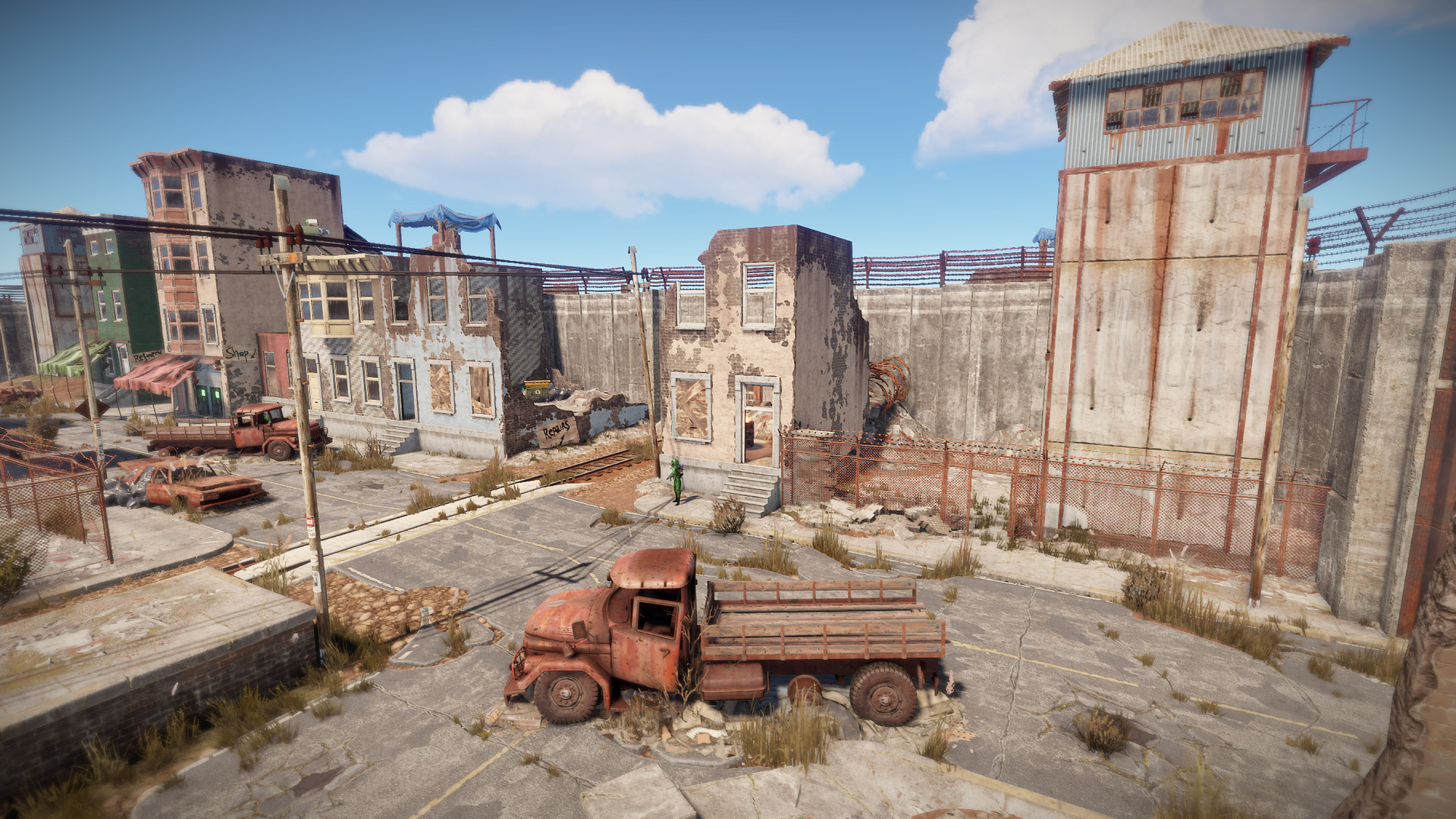
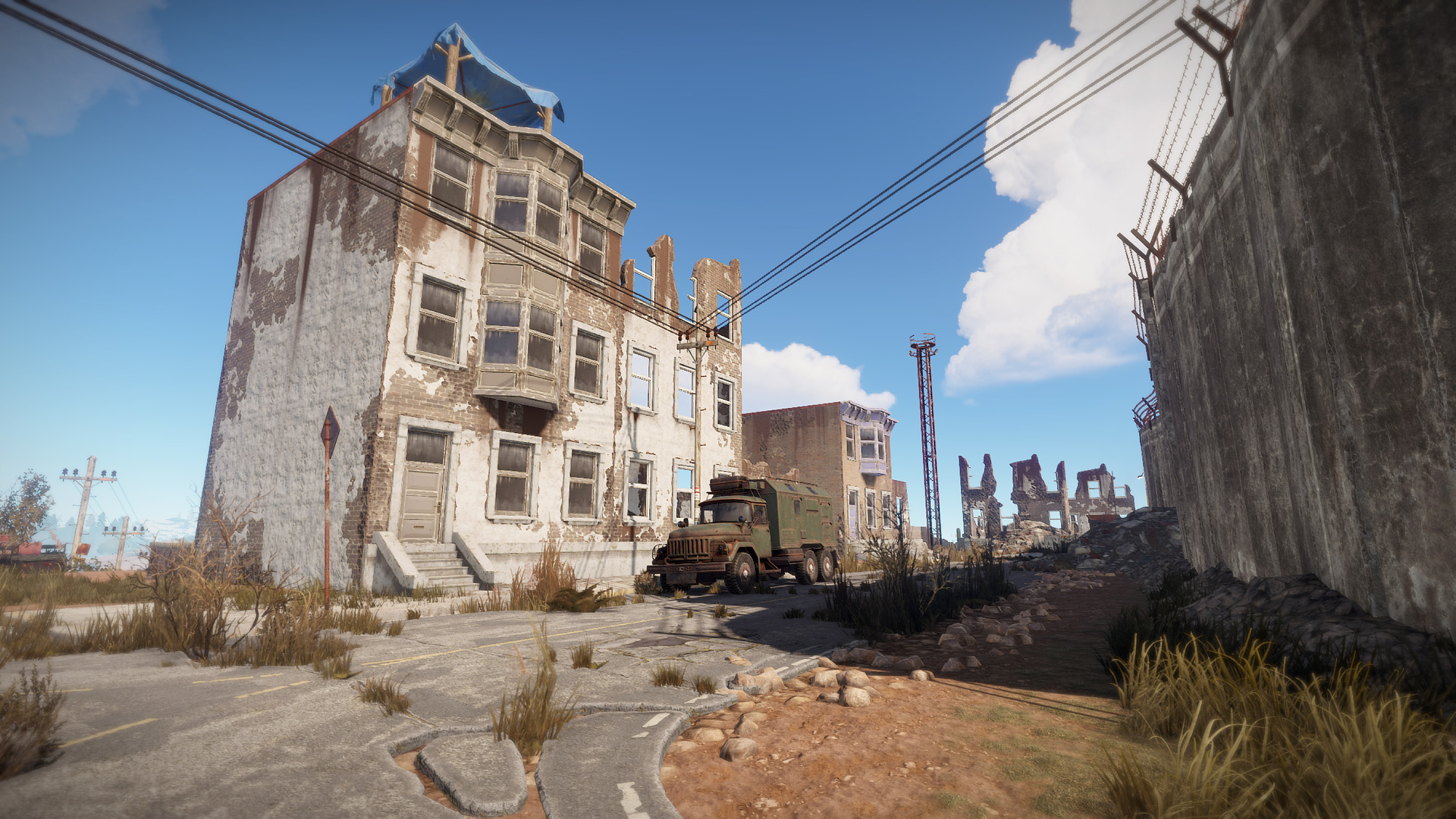
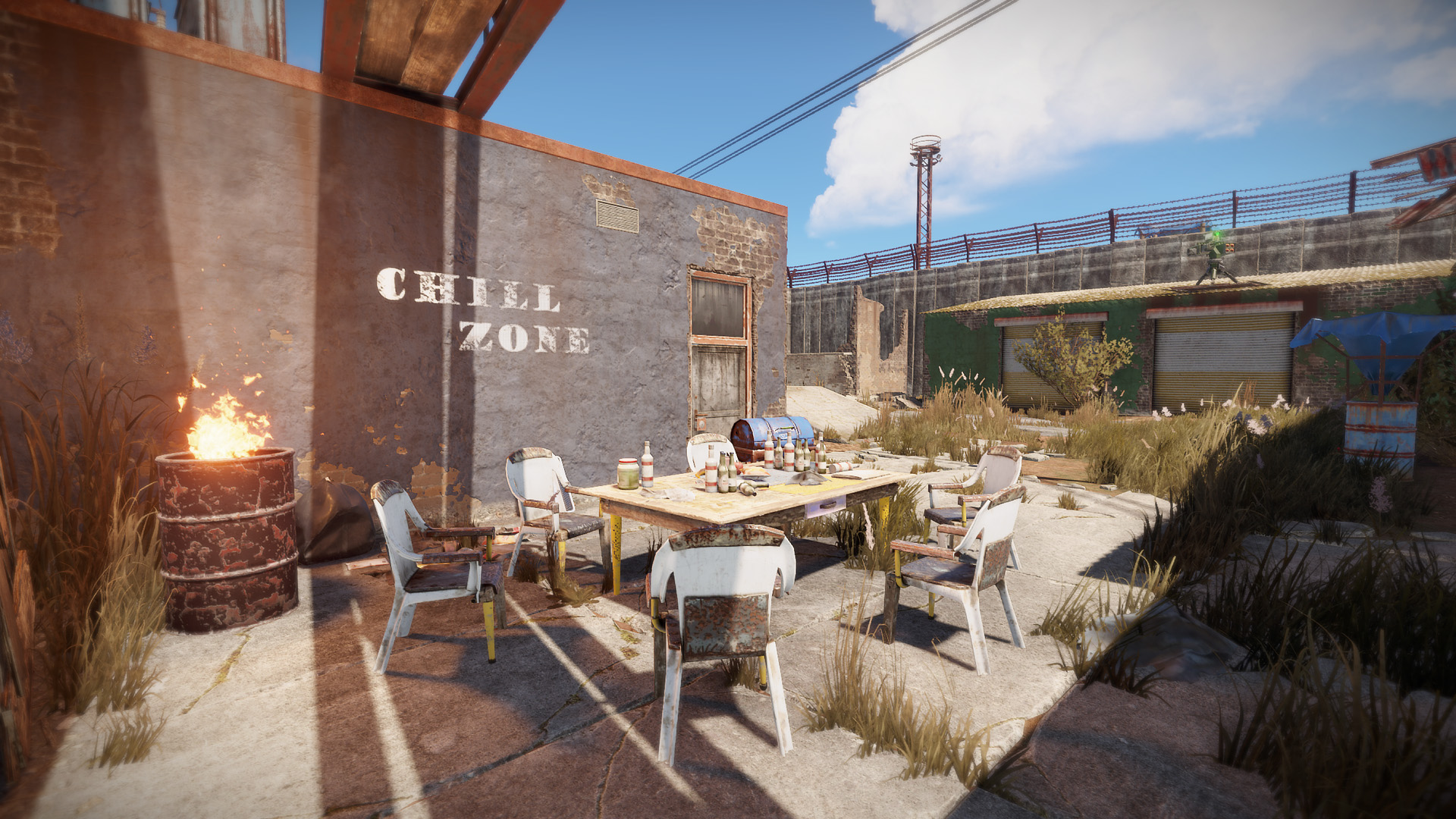
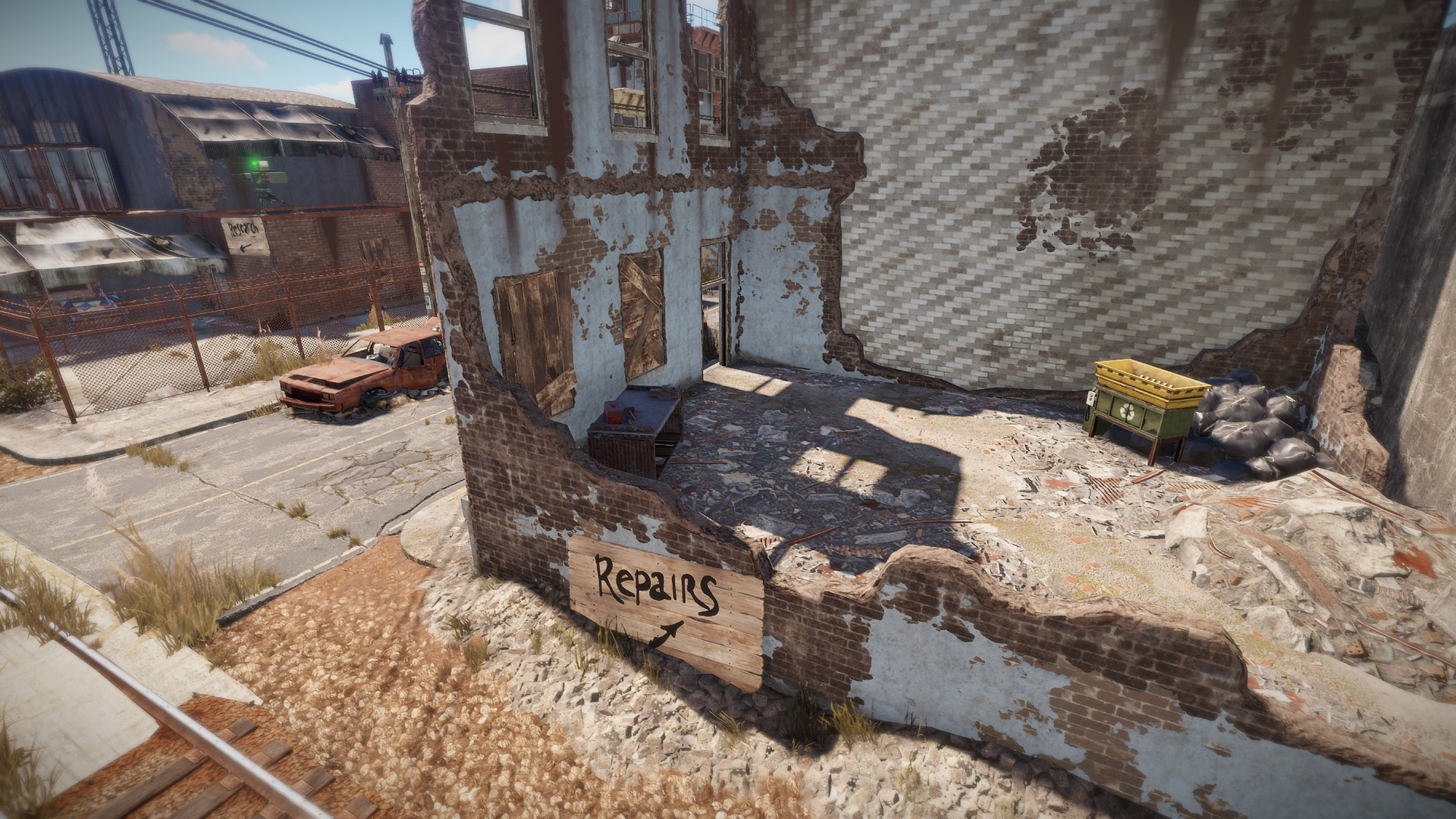
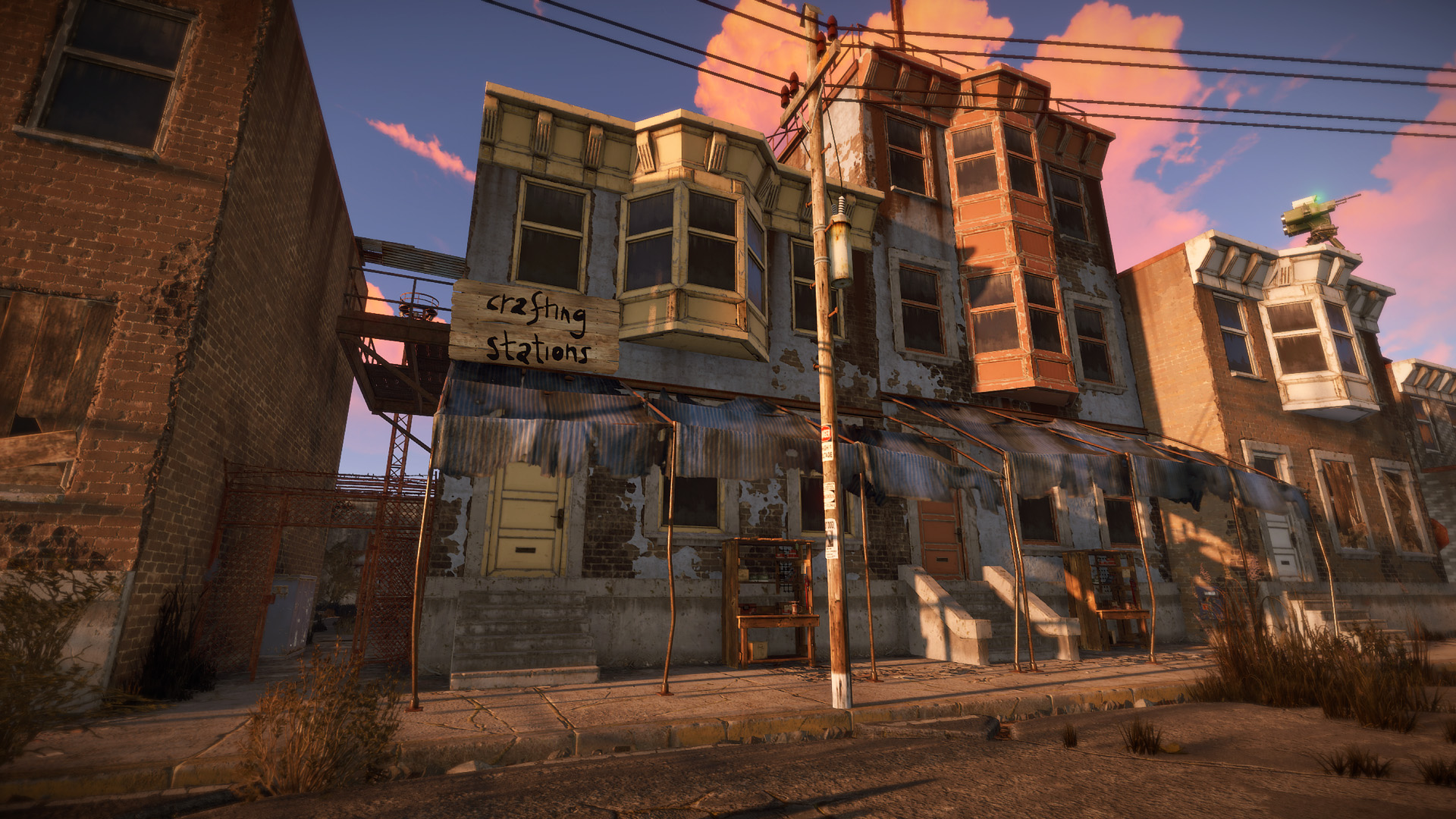

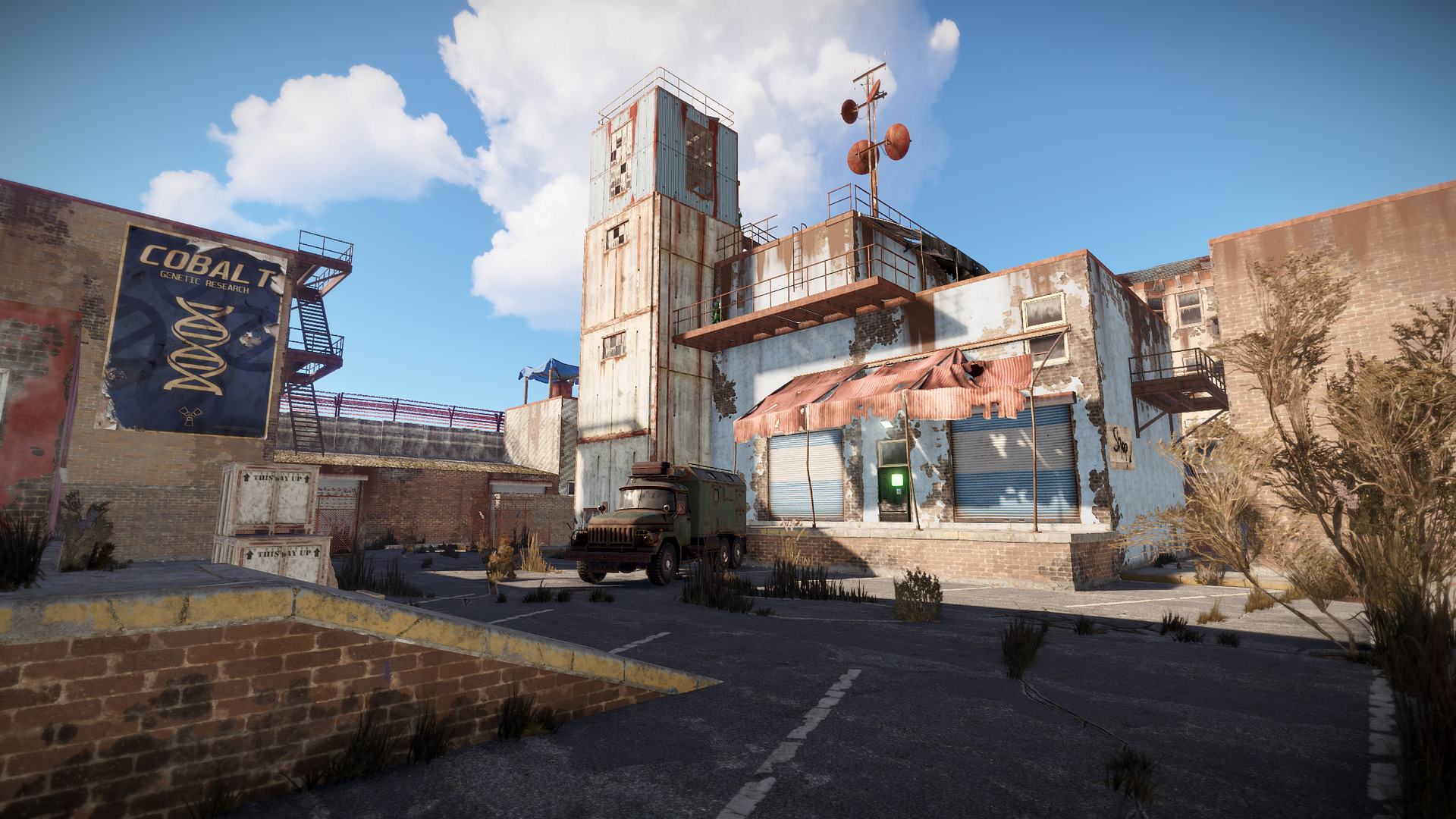
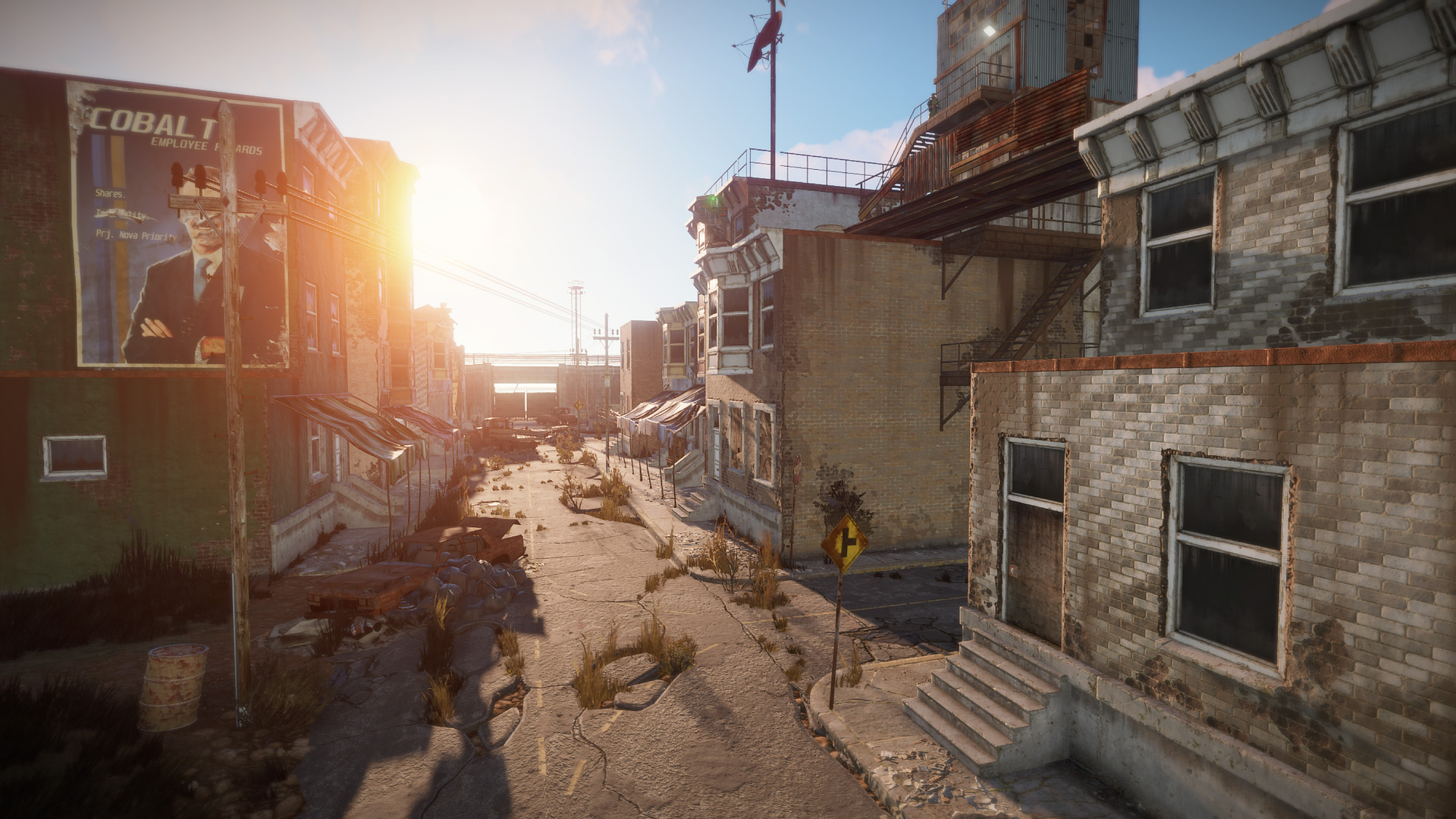
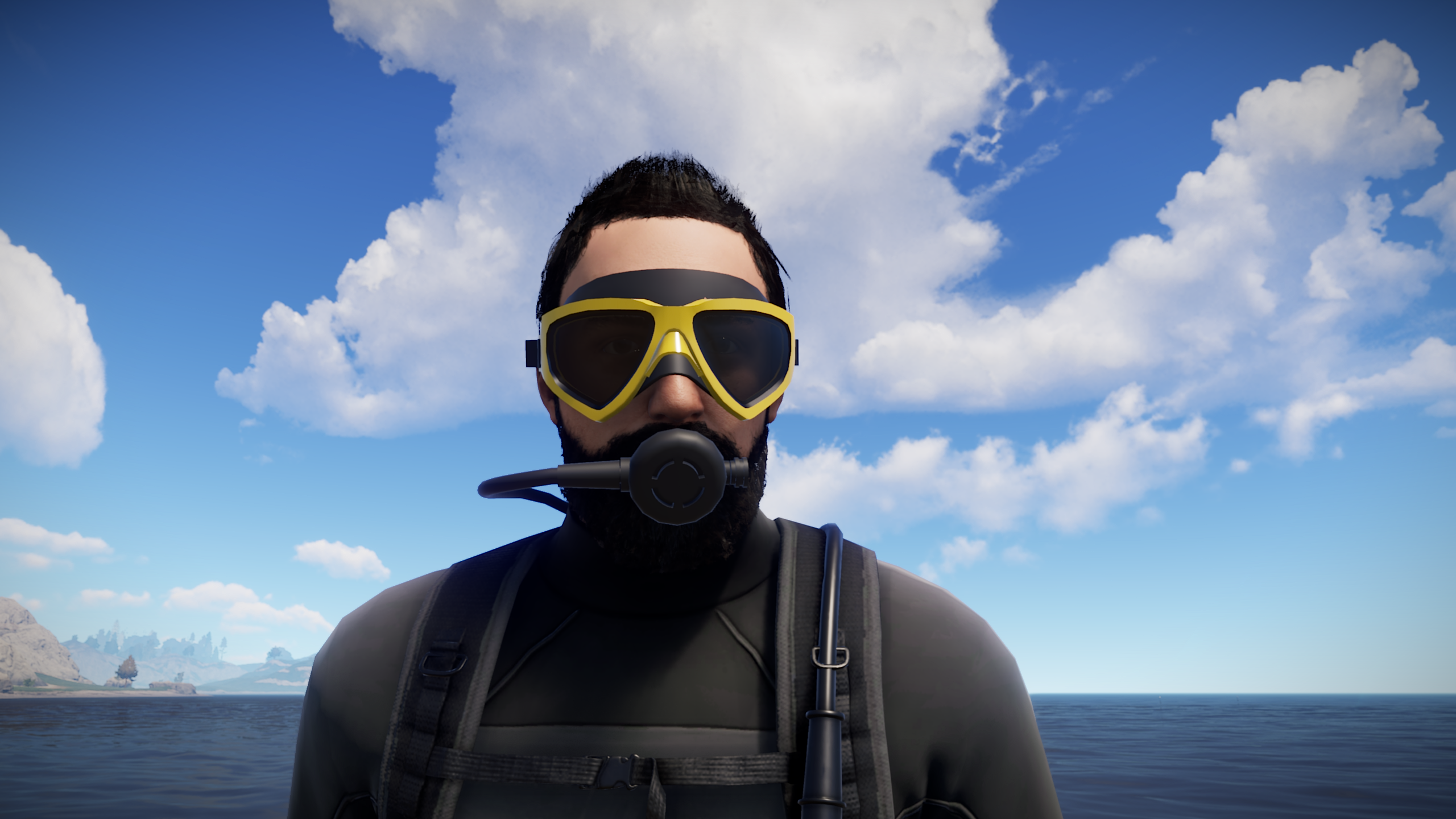 Diving Tank: Breath underwater for 10 mins, can be refilled.
Diving Tank: Breath underwater for 10 mins, can be refilled.
 Diving Flippers: Move faster in water but slower on land.
Diving Flippers: Move faster in water but slower on land.
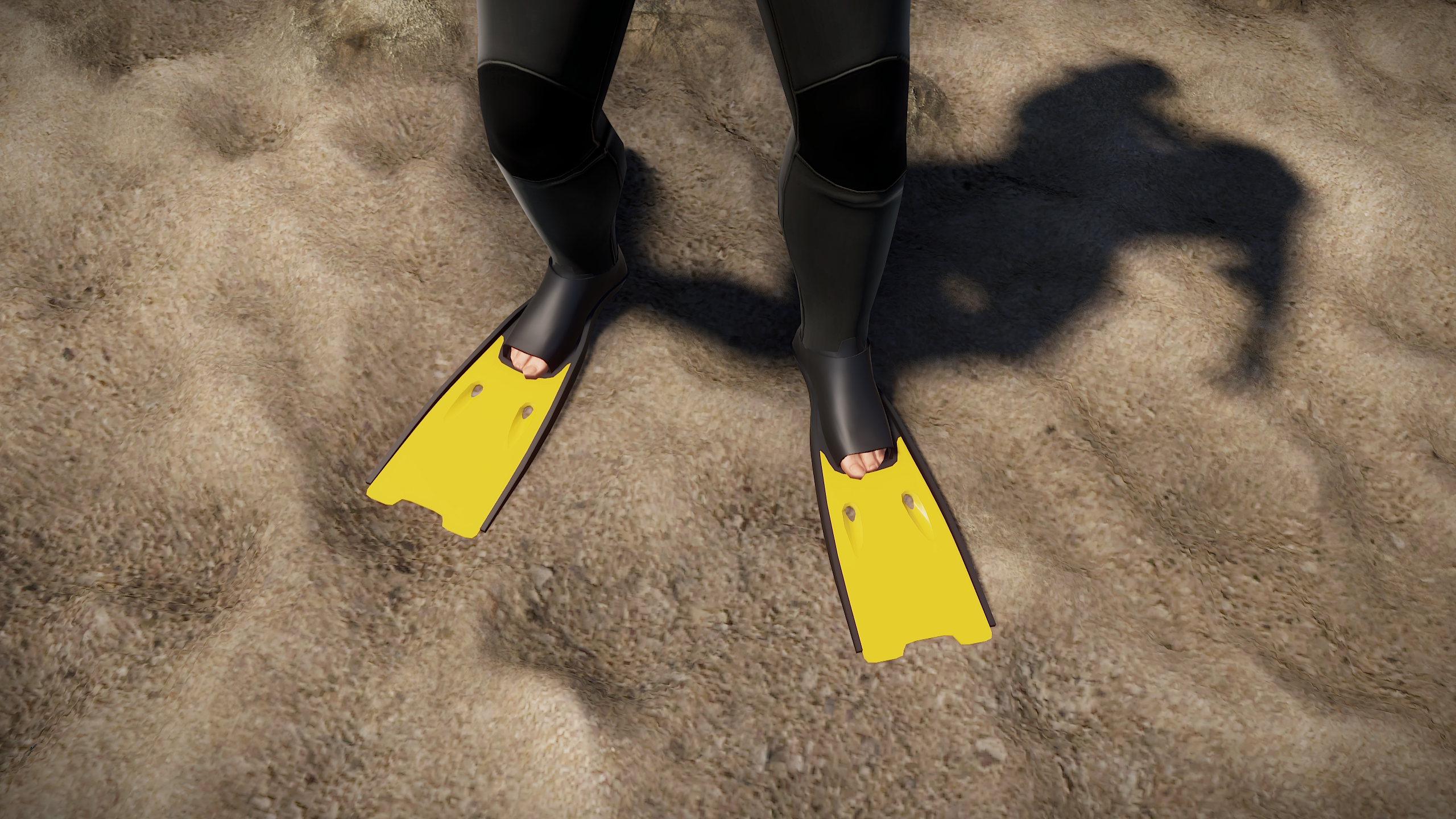 Diving Wetsuit: Stay warm in cold water.
Diving Wetsuit: Stay warm in cold water.
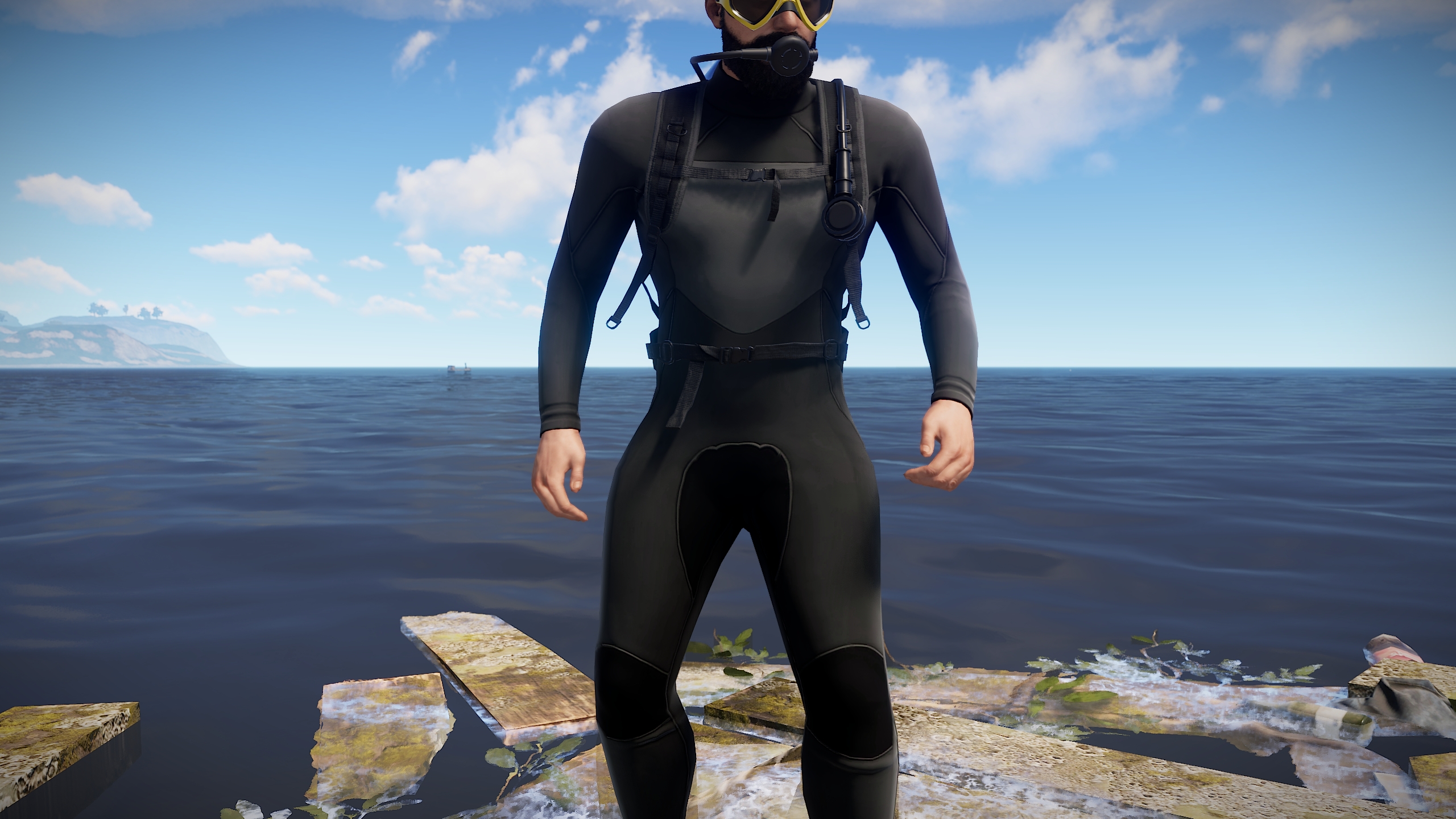 In addition to these new items we've added a reason to use them. There are now a multitude of dive sites found underwater. You'll find rock formations with respawning loot, as well as temporary sunken ships.
In addition to these new items we've added a reason to use them. There are now a multitude of dive sites found underwater. You'll find rock formations with respawning loot, as well as temporary sunken ships.
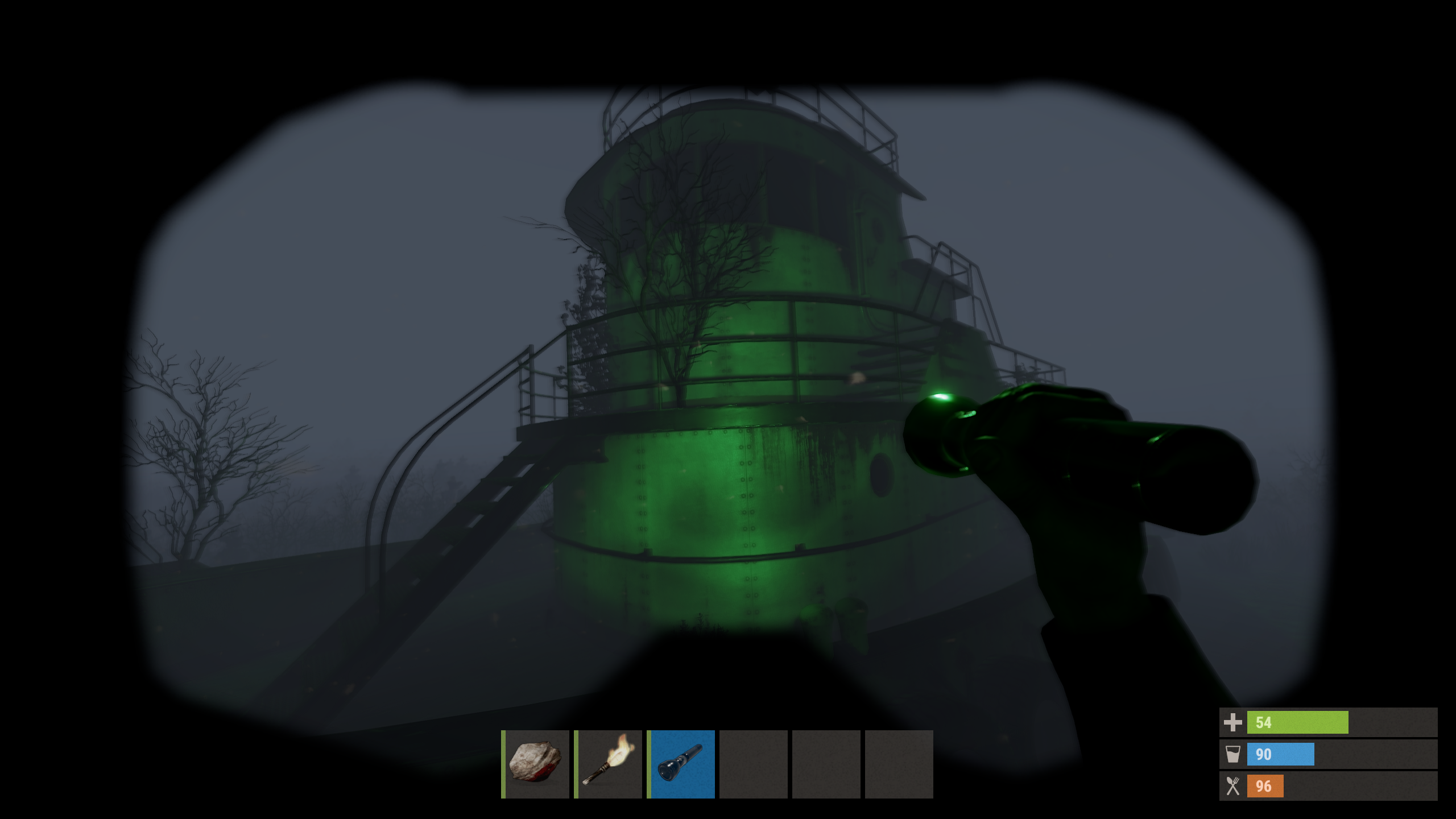
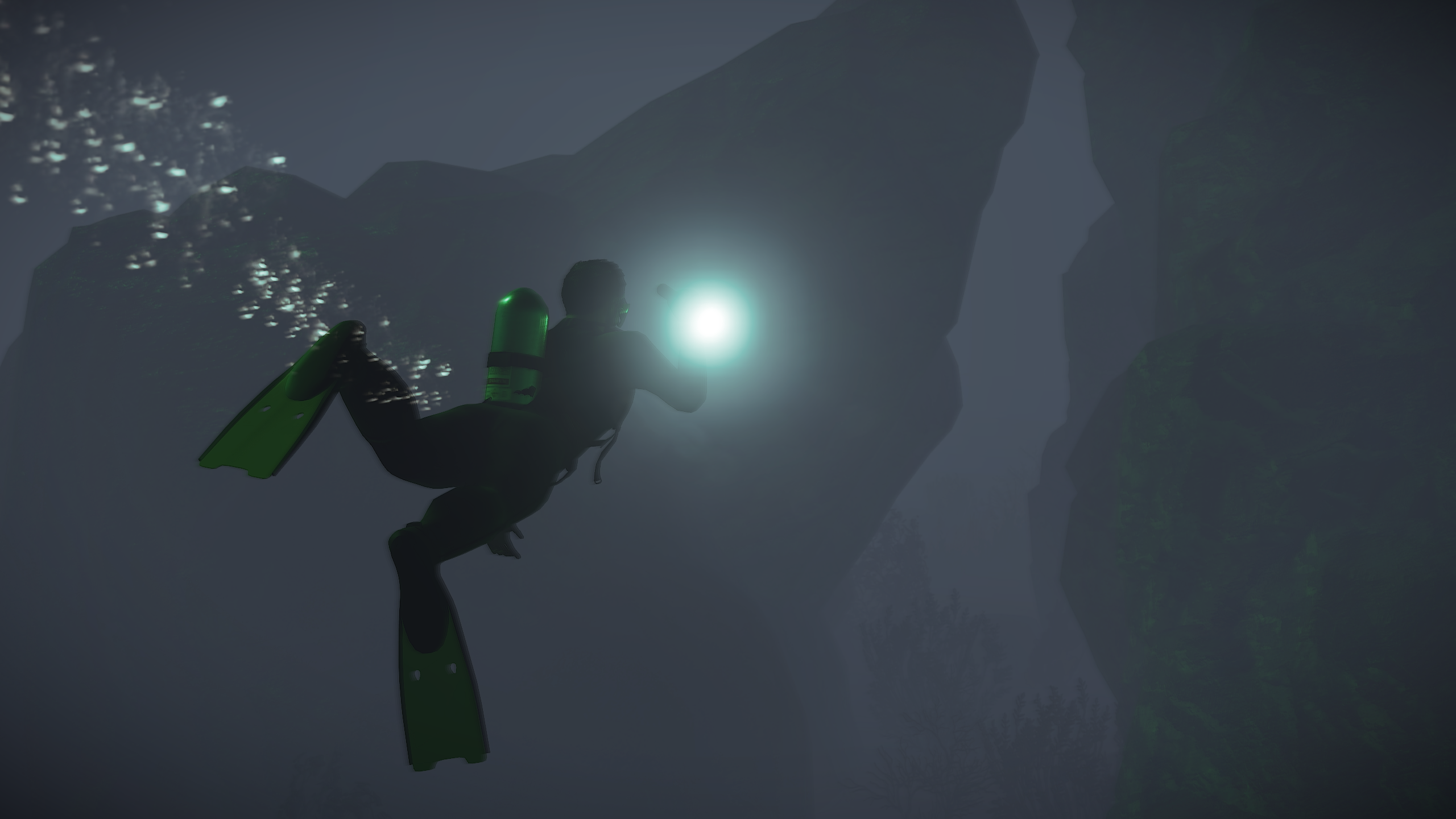
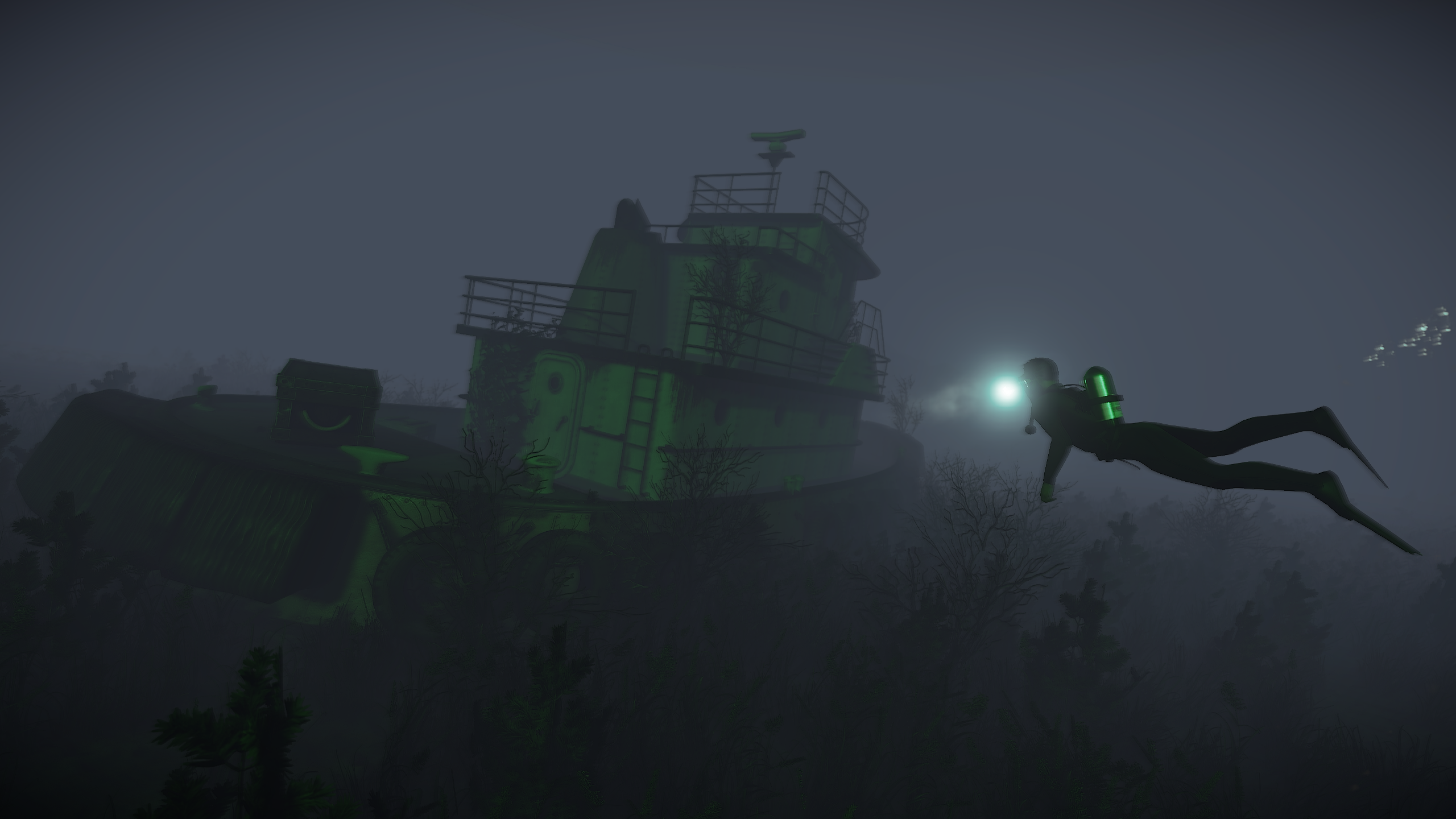
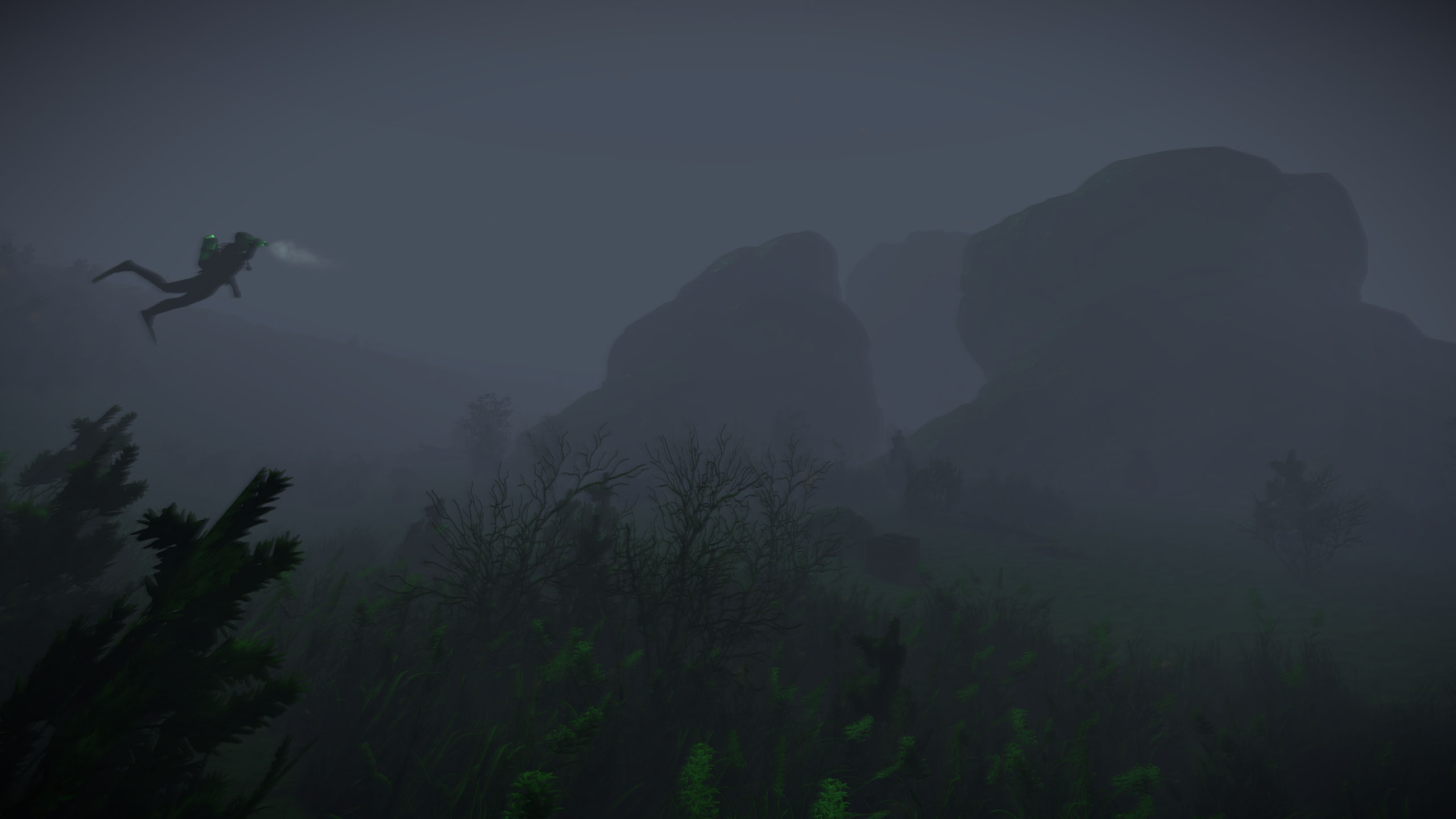
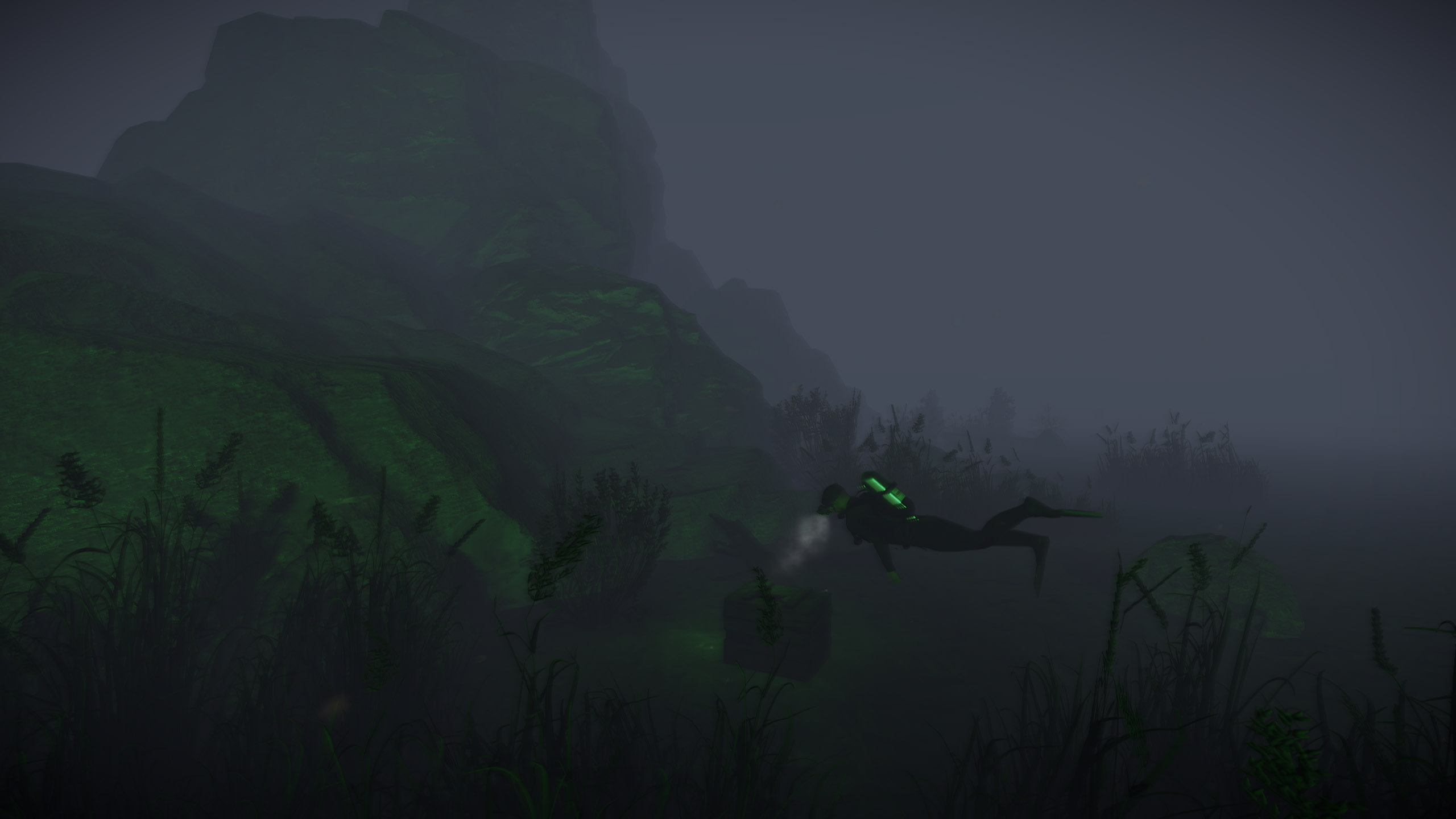

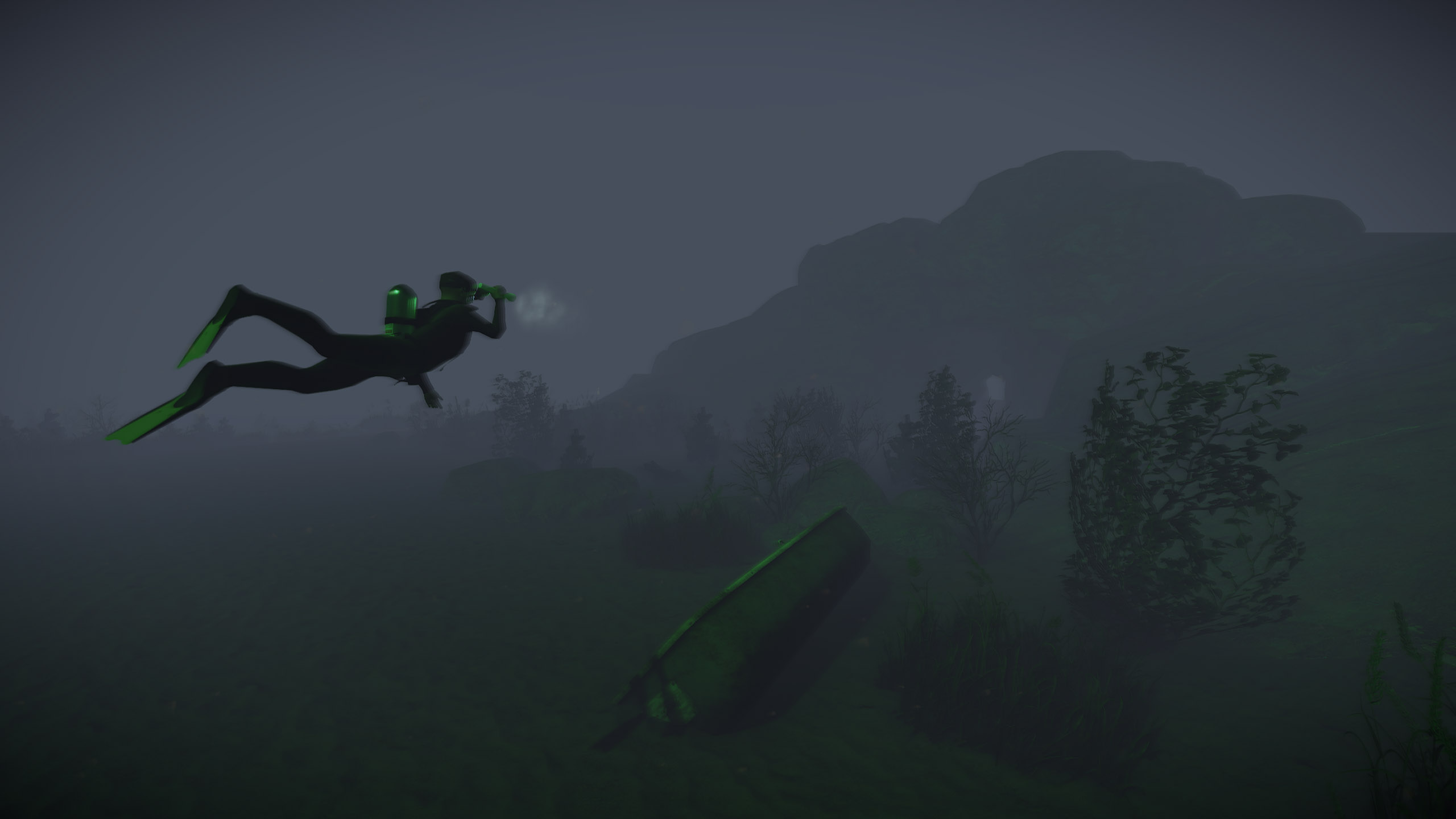
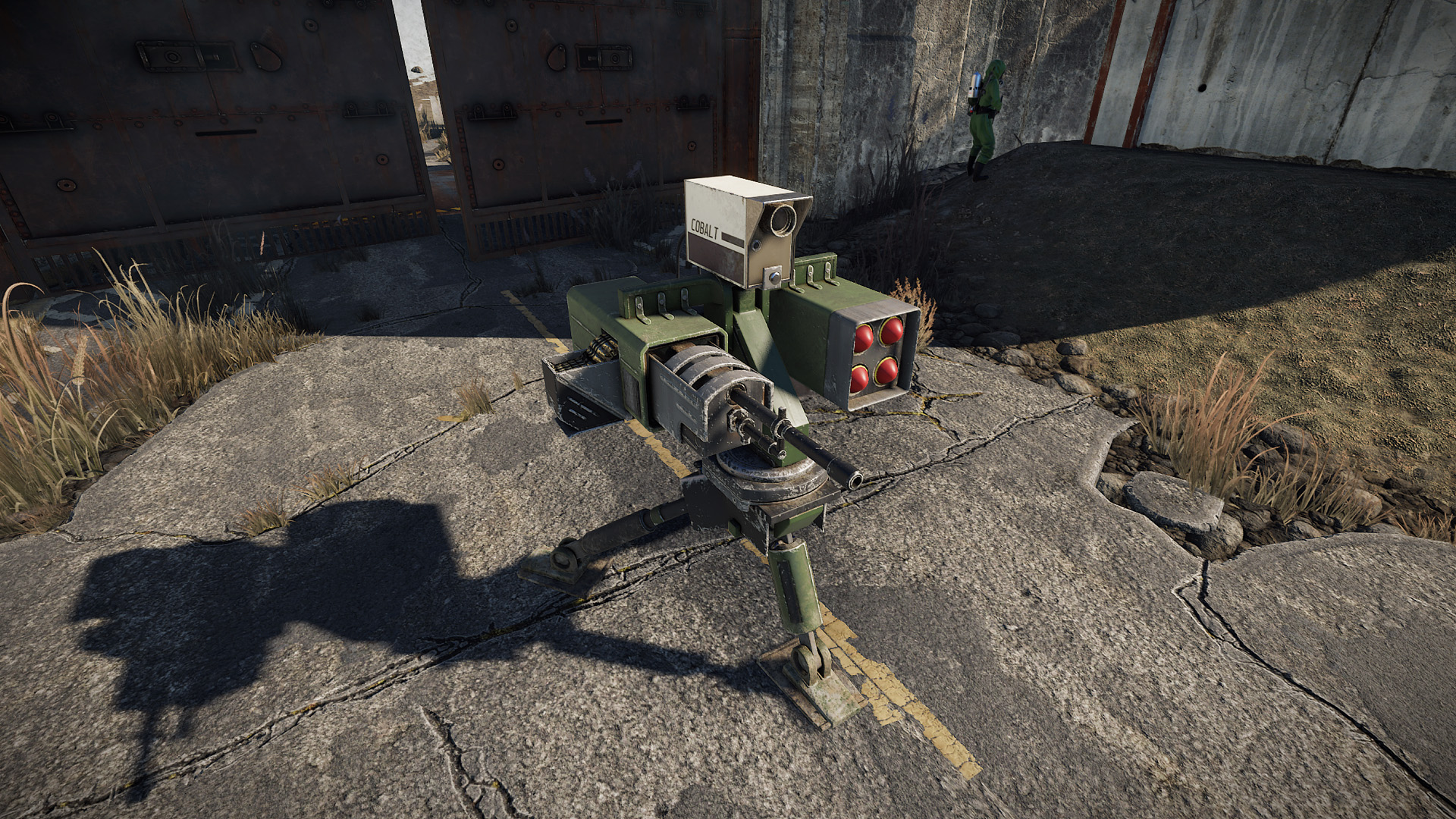
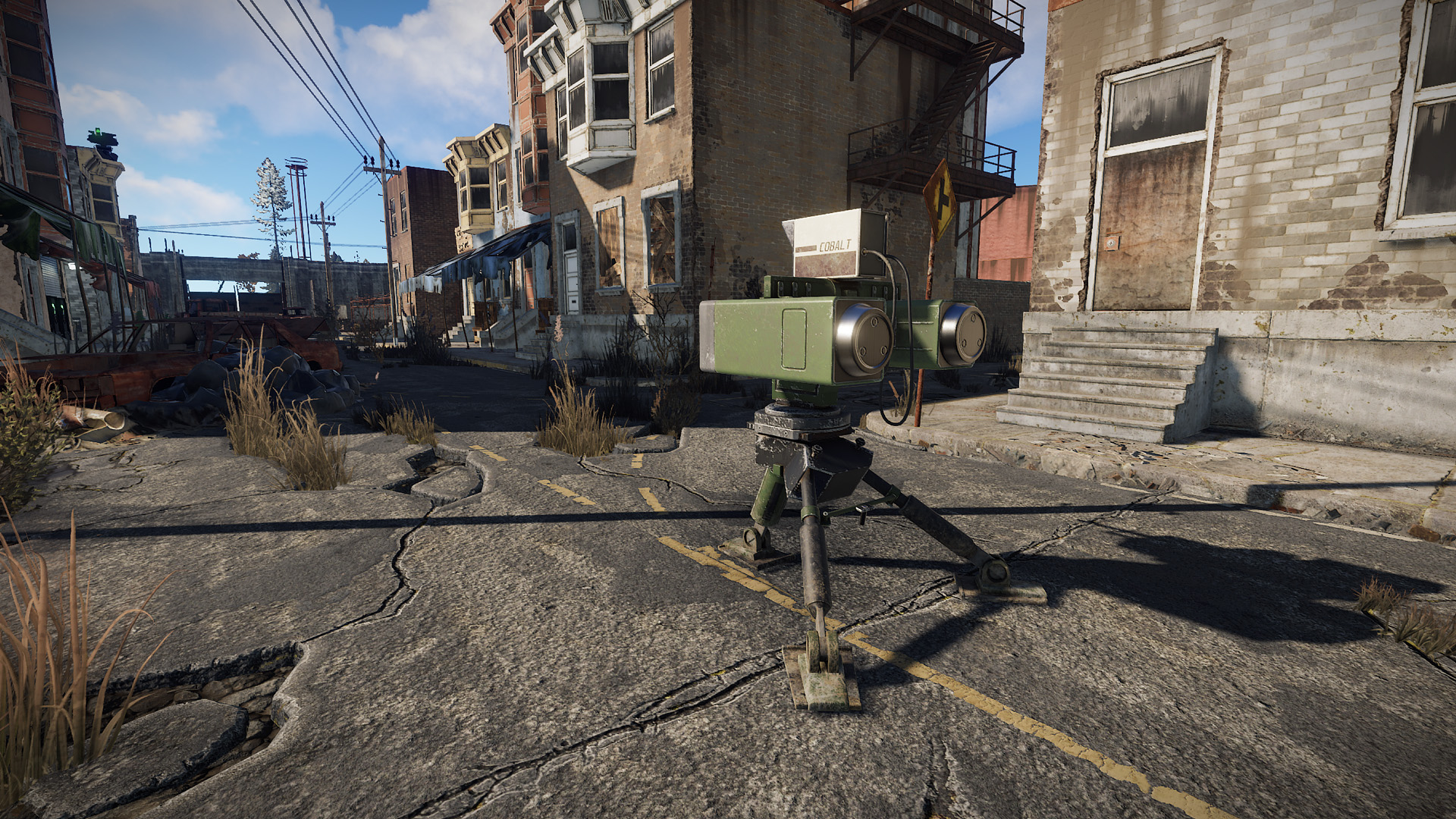
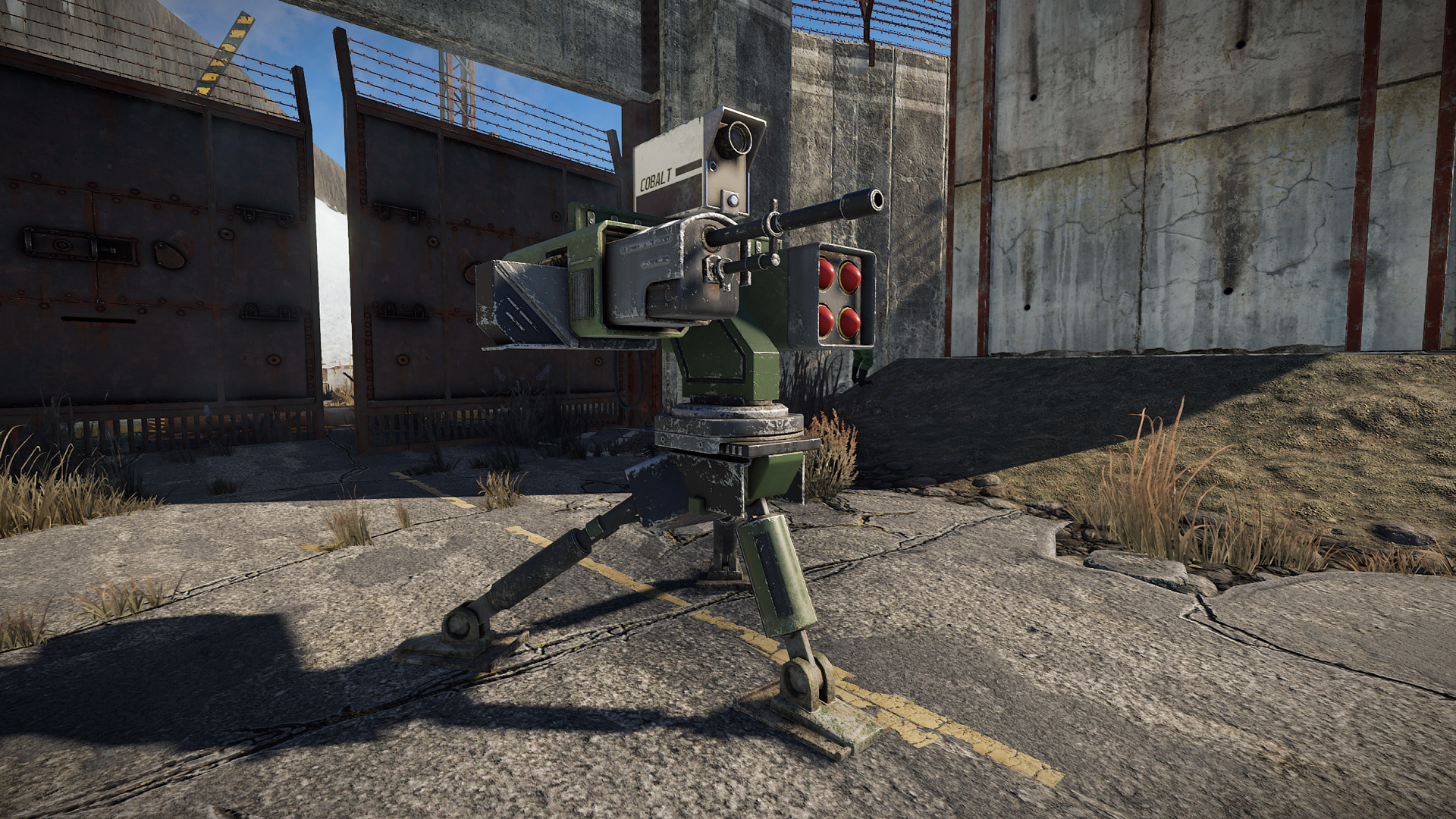
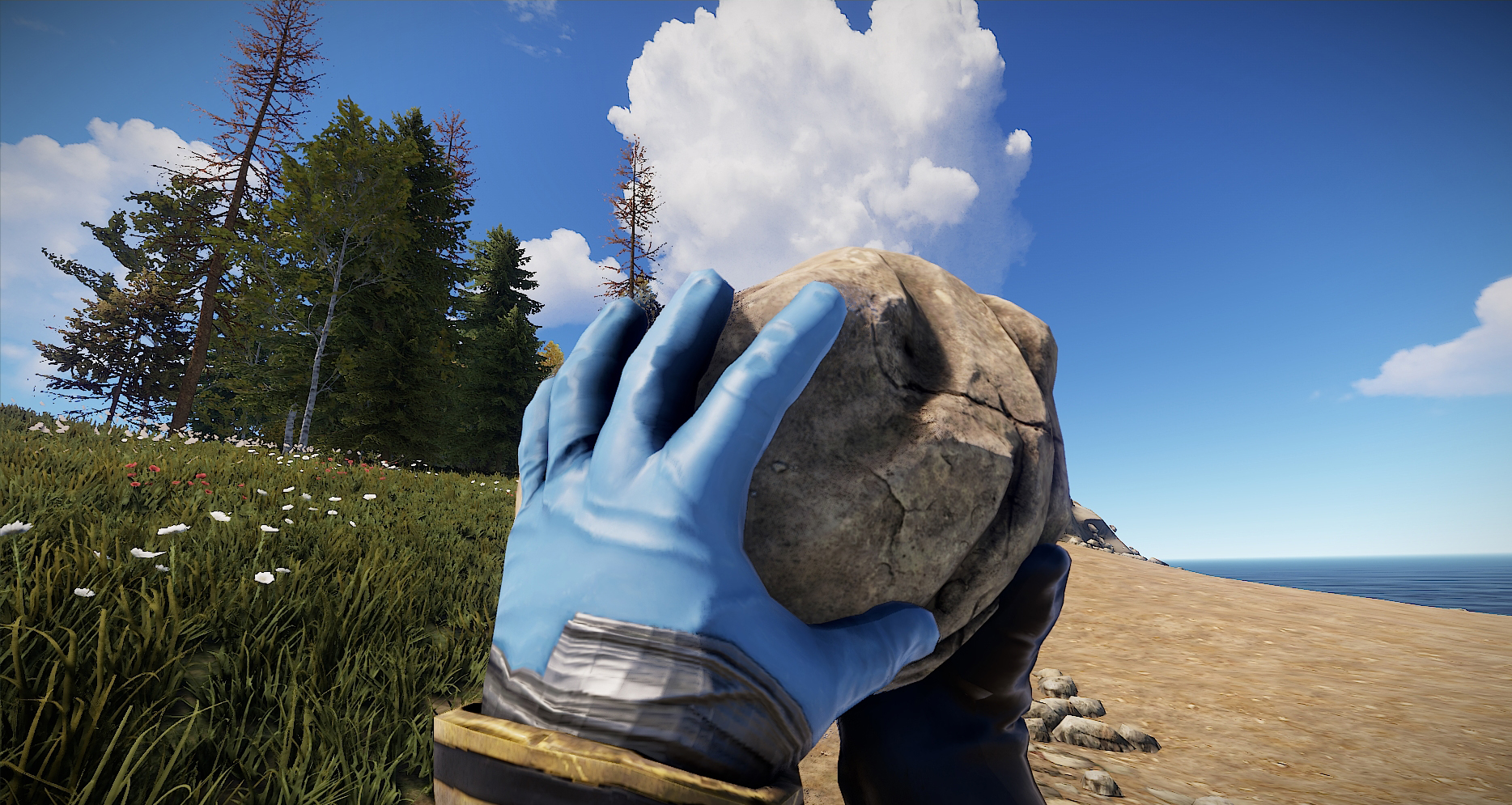
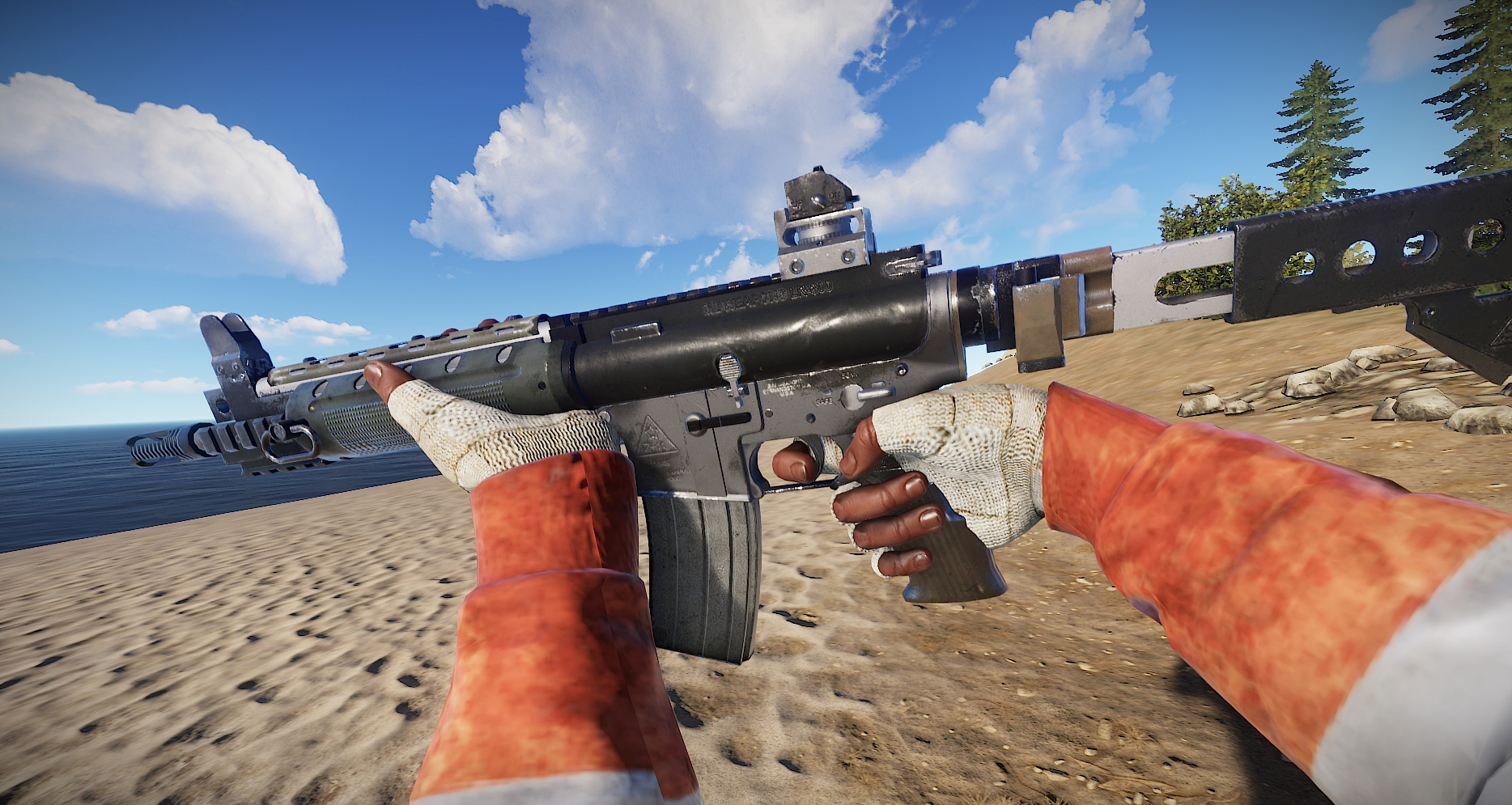
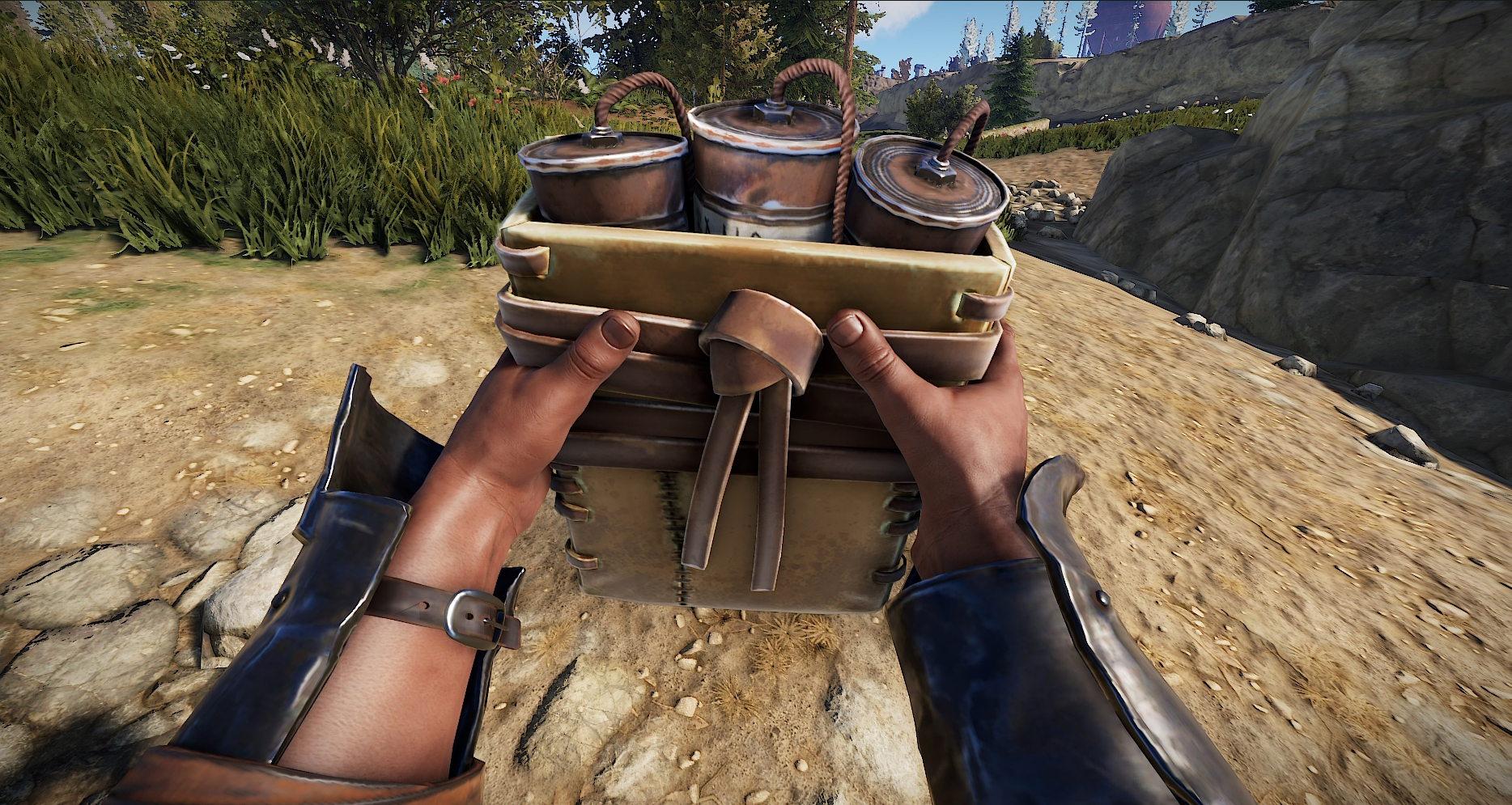
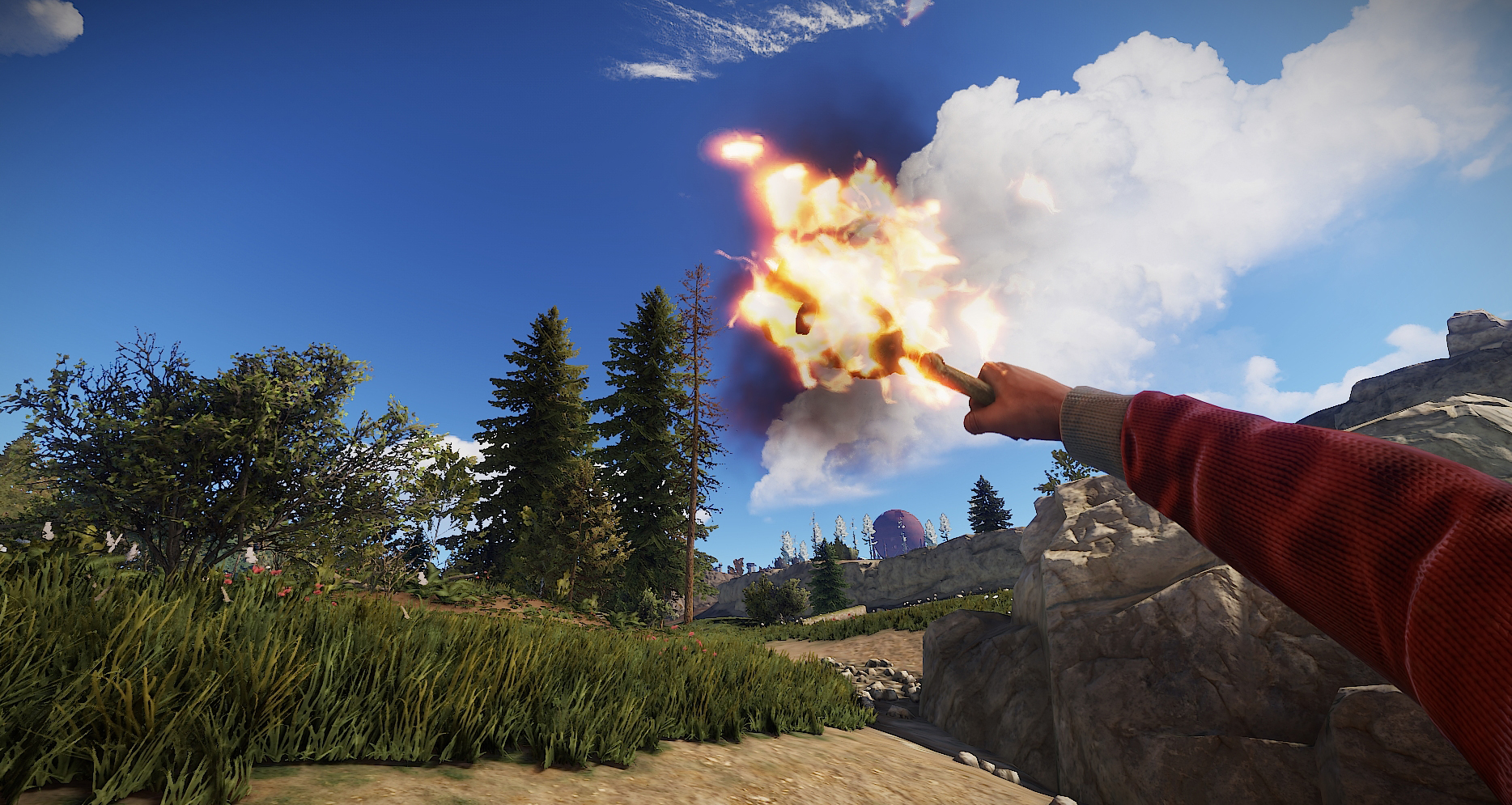
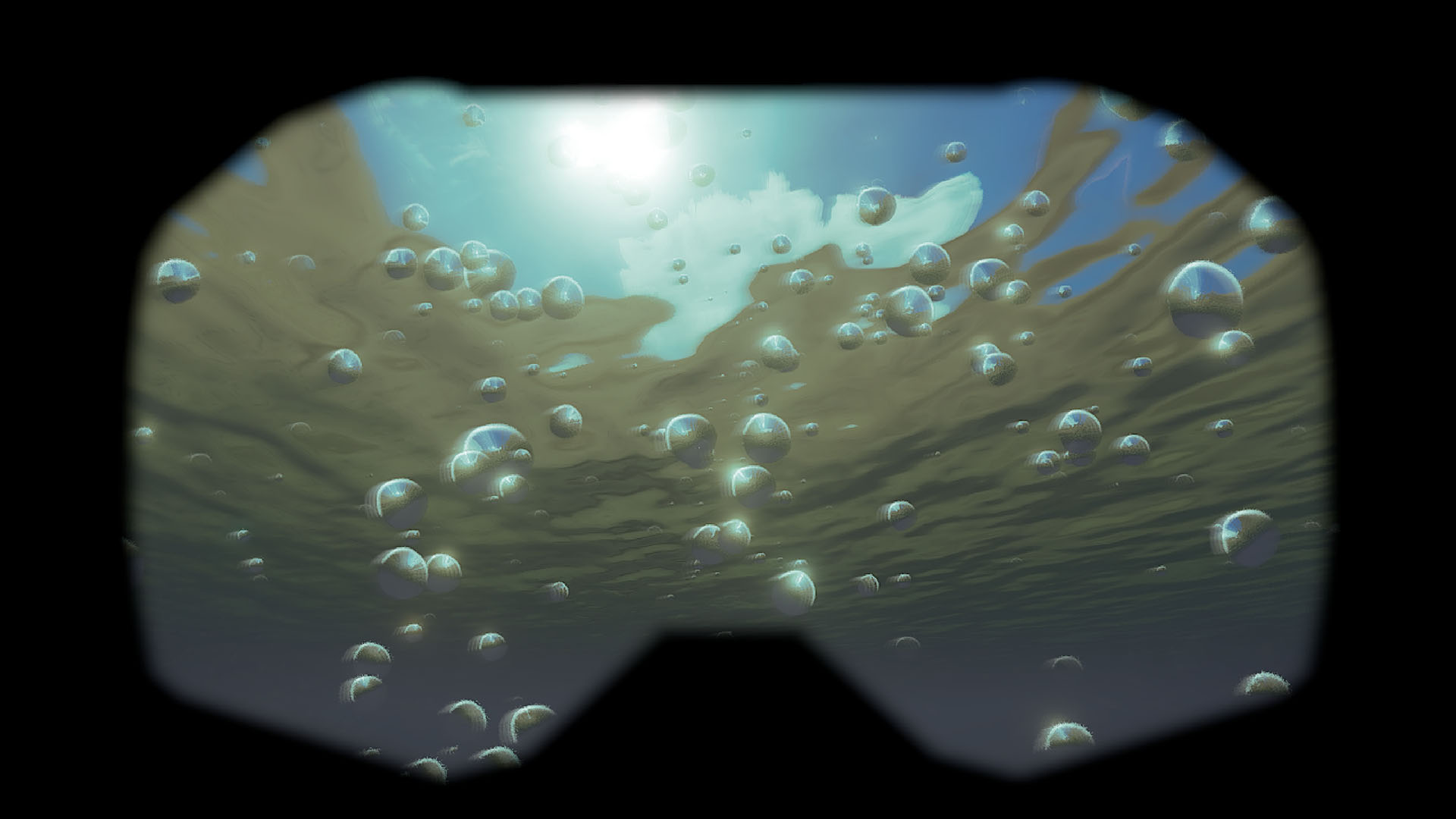 There are still challenges ahead, however, which are covered in the Water Rendering WIP section.
There are still challenges ahead, however, which are covered in the Water Rendering WIP section.
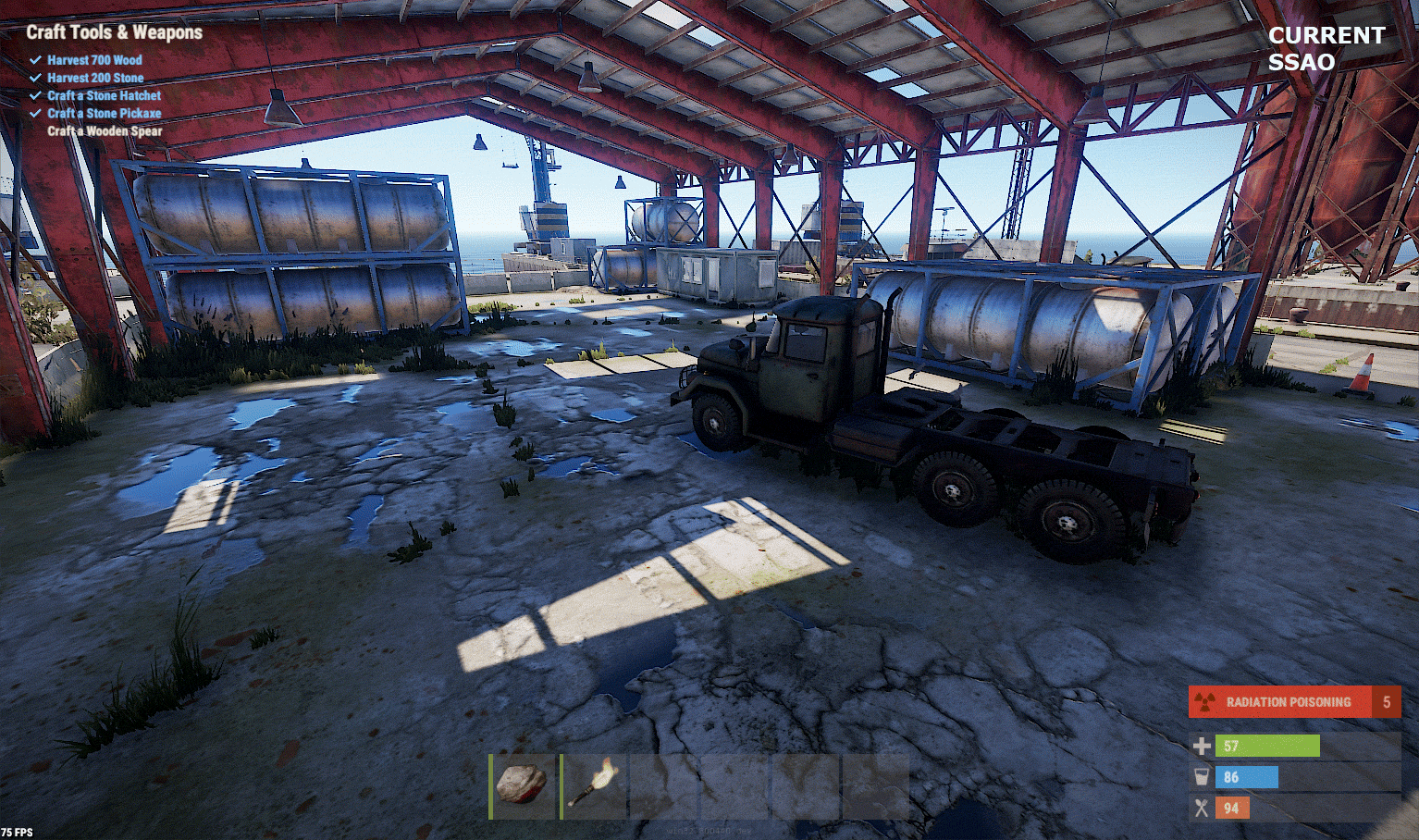 The effect has been exaggerated in this shots. Notice how global shadowing now connects objects to the ground and they no longer look like they're hovering.
The effect has been exaggerated in this shots. Notice how global shadowing now connects objects to the ground and they no longer look like they're hovering.
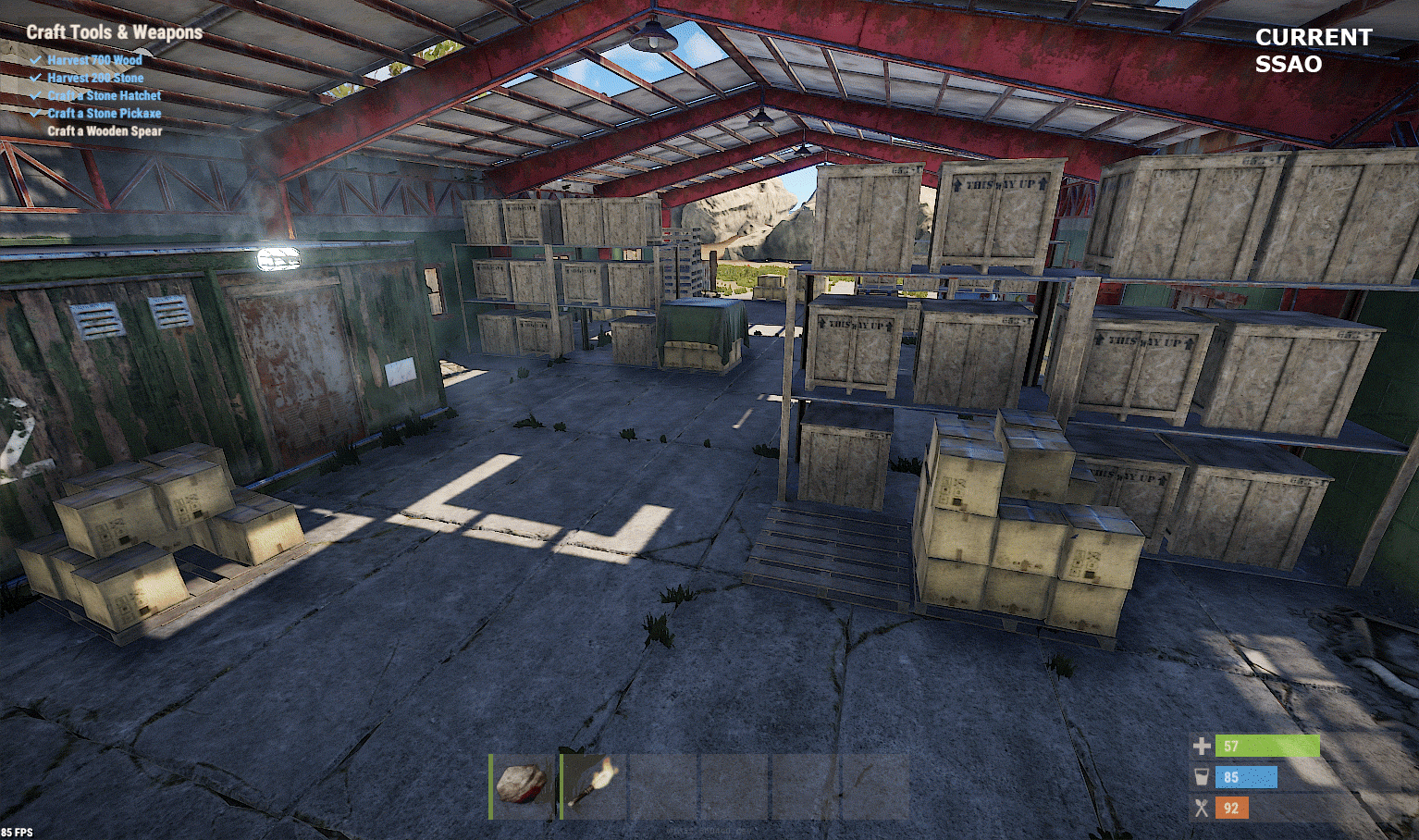 Surprisingly, it also turned out to be faster than our previous one, leveraging the use of temporal integration, as you can see from the FPS delta on the lower left corner.
Please note that it still has a few quirks and will be improved over time.
Surprisingly, it also turned out to be faster than our previous one, leveraging the use of temporal integration, as you can see from the FPS delta on the lower left corner.
Please note that it still has a few quirks and will be improved over time.